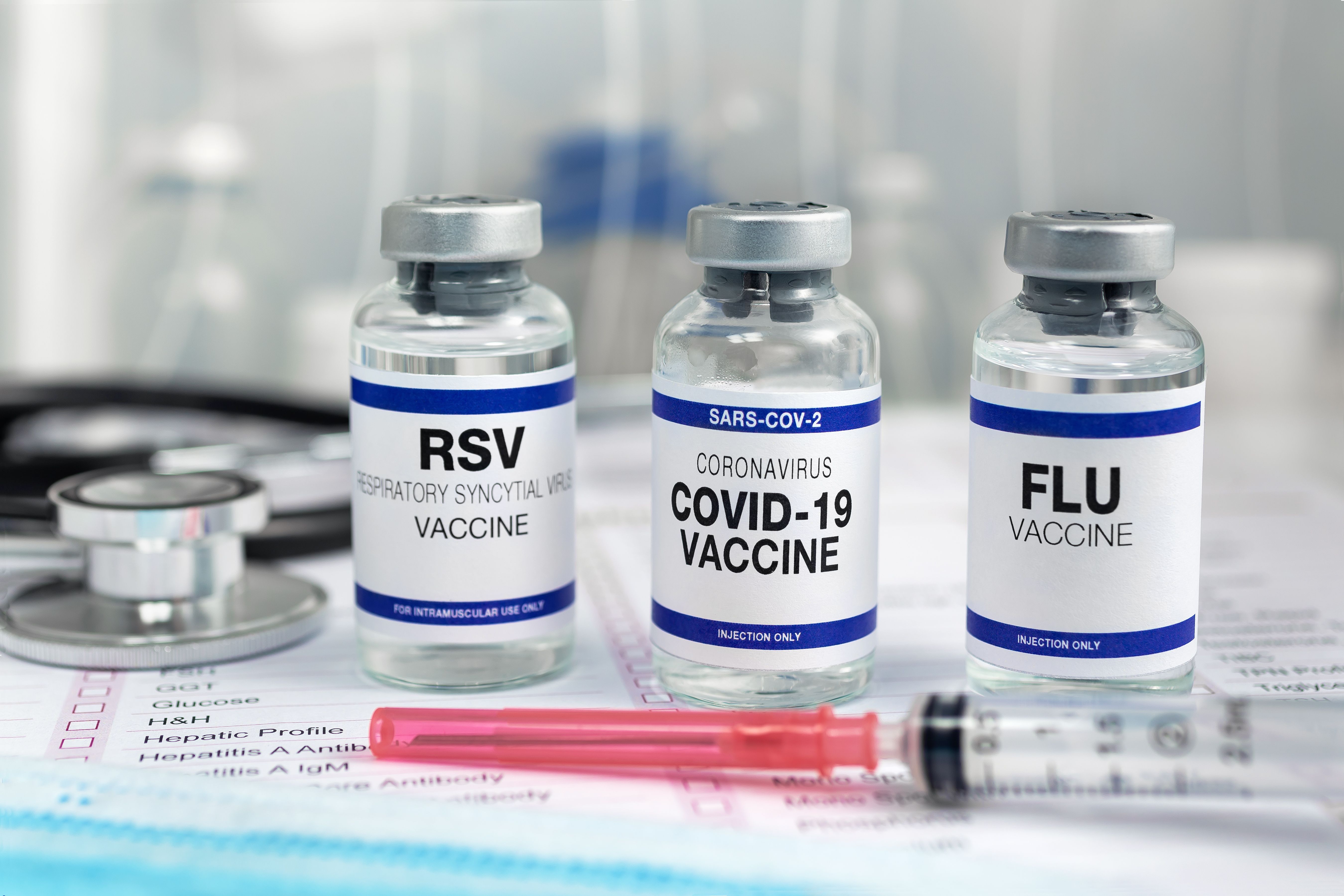Article
Researchers Find Need for Increased PrEP Uptake for Adolescents
Author(s):
Despite the rate of HIV infection in adolescents and young adults, a study found that PrEP awareness is limited.
A recent review has found that adolescents in the United States face a rising risk of HIV transmission and there is a need for improvement in this population’s access to preexposure prophylaxis (PrEP) for prevention of the virus.
The researchers examined the current state of PrEP uptake among at-risk individuals aged 13 to 19 years. They noted that 21% of the 37,377 new HIV diagnoses in 2018 occurred in individuals aged 12 to 24 years. Adolescents aged 13 to 19 years accounted for 1707 of those 7734 diagnoses. According to the researchers, African American men who have sex with men accounted for two-thirds of all HIV infections in adolescents and young adults.
Despite the rate of HIV infection in adolescents and young adults, the researchers found that PrEP awareness is limited and there are other barriers for those most at-risk of infection.
Among the barriers are adolescent primary care clinicians and specialists who do not routinely offer HIV testing as recommended by the CDC nor do they routinely assess sexual risk exposures of patients by recording their sexual histories. Decisions to prescribe PrEP for adolescents is often guided by clinicians’ perceptions of the patient’s HIV risk and their knowledge and acceptance of PrEP guidelines.
In addition, researchers found that state laws on consent, confidentiality, and the rights of adolescents to access PrEP outside of parental influence are not consistent across jurisdictions.
Due to these barriers, researchers noted that PrEP is especially unpopular with at-risk adolescents. However, this prevention therapy is recognized by the authors as an important component of HIV prevention in adolescents at risk for the virus.
According to the researchers, improving clinicians’ knowledge about HIV risk and prevention strategies, enhancing sexual history taking and risk assessment through training and retraining, and improving knowledge of PrEP and acceptance of prescribing among clinicians are recommended tools for increasing use of this prevention therapy in adolescents and young adults.
In addition to optimizing uptake of PrEP, leveraging the ubiquity of social media, encouraging family support, and performing research aimed at finding lifestyle-congruent formulations can also help mitigate HIV transmission in adolescents at greatest risk for HIV, the authors noted.
REFERENCE
Yusuf H, Fields E, Arrington-Sanders R, Griffith D, Agwu AL. HIV Preexposure Prophylaxis Among Adolescents in the US: A Review. JAMA Pediatr. Published online May 11, 2020. doi:10.1001/jamapediatrics.2020.0824. Accessed May 12, 2020.





